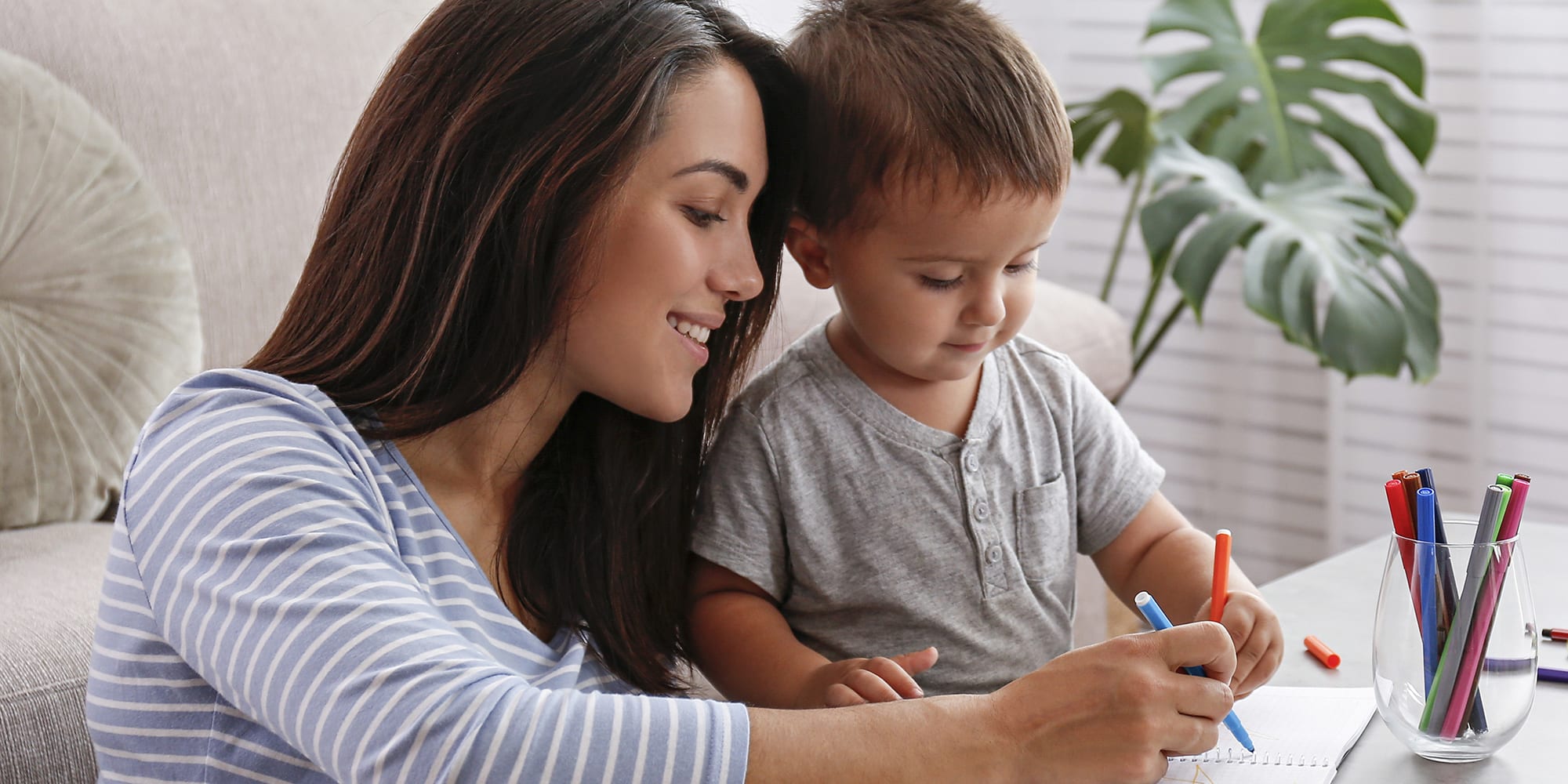
Qualité de l'air intérieur
La création d'un environnement idéal pour la maison ne se limite pas au contrôle de la température. Il s'agit également de gérer l'humidité et la ventilation, ce qui peut avoir une incidence considérable sur votre confort et créer un espace pour la personne avec qui vous le partagez. L'air de votre maison doit être filtré et nettoyé afin de limiter les composés organiques volatils (COV) et les polluants qui peuvent affecter les allergies. Les produits de qualité de l'air Carrier pour la maison vous offrent un confort supérieur, ce qui vous permet de respirer de l'air plus propre.

Notre purificateur d'air Infinity pour toute la maison emprisonne et élimine les contaminants comme la poussière, les squames, le pollen, certains virus ambiants et les bactéries pour garder l'air intérieur de votre maison plus propre.*

Offre une technologie à double traitement par cœur de charbon et lampe UV pour qui aide à réduire les odeurs et l'accumulation de micro-organisme au niveau du serpentin d'évaporation.**

Les humidificateurs centraux ajoutent de l'humidité à l'air de votre maison pour assurer un environnement plus confortable lorsque le niveau d'humidité est faible.

Éliminez l'humidité superflue grâce à un déshumidificateur pour toute la maison.

Comme le monoxyde de carbone est incolore et inodore, vous avez besoin d'un détecteur pour avertir votre famille si les niveaux deviennent trop élevés.

Les lampes UV constituent une ligne de défense essentielle pour garder votre serpentin de refroidissement propre, en tuant les moisissures et les bactéries qui peuvent se multiplier sur le serpentin de refroidissement ou d'évaporateur de votre système de CVAC.

Les ventilateurs pour toute la maison apportent de l'air extérieur dans votre maison, tout en retirant l'air pollué et en maintenant le niveau de confort à l'intérieur

En plus de nos produits de chauffage et de climatisation, nos systèmes de qualité de l'air se combinent pour vous offrir un environnement intérieur dans lequel vous et votre famille serez plus à l'aise.
